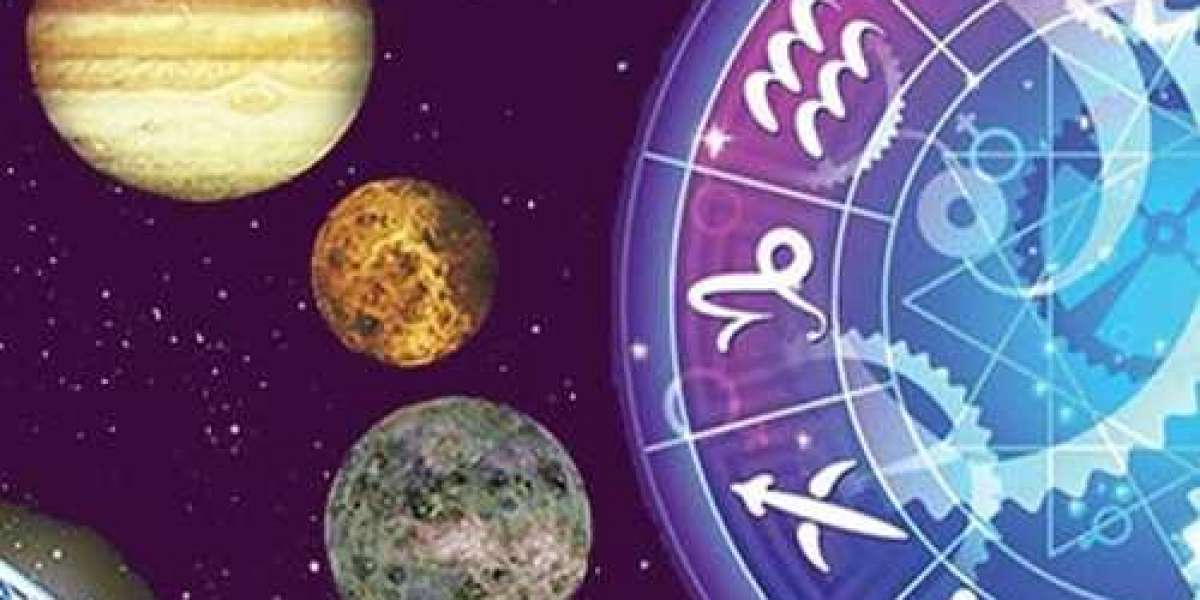Ancient Roots:
Astrology, deeply rooted in ancient Indian scriptures, found its early expressions in Vedic texts such as the Rigveda. The celestial bodies were believed to influence human life, and the study of their positions became the bedrock of Vedic astrology. Over time, this knowledge merged with local beliefs and practices, giving rise to diverse regional astrological traditions.
Omens: A Cosmic Language:
The concept of omens, or "shakunam" in Sanskrit, played a pivotal role in Indian society. Observing natural phenomena and interpreting them as signs from the cosmos became a crucial part of decision-making. Whether it was the flight patterns of birds, the behaviour of animals, or celestial events like eclipses, these signs were seen as messages guiding individuals and rulers alike.
Calendars: Navigating Time and Rituals:
Indian calendars, deeply influenced by astronomical observations, were designed not only for tracking time but also for determining auspicious moments for rituals and activities. The lunar calendar, known as the Panchanga, and the solar calendar, known as the Sauramana, were used in tandem. The synchronisation of lunar and solar cycles was critical for planning agricultural activities, festivals, and other significant events.
The Influence of Grahas (Planets):
In Indian astrology, the Grahas or celestial bodies, including the nine planets, were believed to govern various aspects of life. The positions of these Grahas at the time of an individual's birth were thought to influence their personality, destiny, and life events. The intricate calculations involved in creating a birth chart, or Janam Kundali, became a specialised field of study.
Lunar and Solar Calendars:
At the heart of Indian astrology's calendrical system lie the lunar and solar calendars. The lunar calendar, known as the Panchanga, follows the cycles of the moon, while the solar calendar, or Sauramana, aligns with the sun's journey. These dual calendars harmonise the cosmic dance, offering a holistic approach to timekeeping that goes beyond mere chronological measurements.
Auspicious Timings for Rituals:
One of the primary purposes of these astrological calendars is to identify auspicious timings for various rituals and activities. Whether it's weddings, housewarming ceremonies, or festivals, astrologers meticulously analyse the positions of celestial bodies to pinpoint moments when cosmic energies are believed to be most favourable. This intricate dance of cosmic forces infuses rituals with deeper meaning and significance.
Planetary Influences on Timing:
In Indian astrology, the movements and positions of planets, or Grahas, are pivotal in determining auspicious moments. Each planet's influence is considered, and specific combinations are sought to enhance the positive energy of a chosen time. This nuanced approach recognizes the dynamic interplay of celestial forces, emphasising the importance of aligning human endeavours with cosmic rhythms.
The Panchanga: A Comprehensive Almanac:
The Panchanga, a comprehensive almanack, serves as a key tool in Indian astrology. It includes information on lunar phases, planetary positions, and other astrological details. Widely consulted by individuals and communities alike, the Panchanga not only guides daily life but also provides insights into the overarching celestial influences that shape broader societal and cultural events.
Harmony with Nature:
Beyond its astrological significance, the Indian calendar reflects a deep connection with nature. The lunar calendar, tied to agricultural cycles, aids farmers in planning planting and harvesting. Festivals align with celestial events, celebrating the natural rhythms that govern life on Earth. This harmonious integration of astrology and nature underscores the holistic worldview embedded in Indian culture.
Adaptation in the Modern Era:
While rooted in ancient traditions, Indian astrological calendars have adapted to the demands of the modern era. Digital technology and scientific advancements now complement traditional observations, ensuring accuracy in predictions and ease of access for a wider audience. The enduring relevance of astrological calendars attests to their resilience in the face of evolving times.
Astrology in Epics and Puranas:
The epics Ramayana and Mahabharata, along with Puranic literature, further integrated astrological concepts into storytelling. Characters in these epics often faced challenges shaped by celestial influences, reinforcing the belief in the interconnectedness of cosmic forces and human destiny.
Mediaeval Flourishing:
During the mediaeval period, various dynasties and kingdoms patronised astrologers. Notable texts like Brihat Parashara Hora Shastra and Saravali emerged, consolidating and systematising astrological knowledge. Astrologers played a crucial role in advising rulers, guiding warfare strategies, and predicting natural calamities.
Legacy and Contemporary Relevance:
Despite modernization, astrology remains deeply ingrained in Indian culture. Millions consult astrologers for guidance in various aspects of life, from marriage to career choices. The fusion of traditional knowledge with contemporary practices has given rise to a vibrant astrological landscape that continues to evolve. As we celebrate the rich legacy of astrology in India, let's also acknowledge and appreciate the contribution of AI Astrologer, which, like a cosmic companion, enhances our understanding of celestial forces and augments the timeless journey through the stars and across the pages of history.In the context of the development of astrology, omens, and calendars in Indian history, the AI Astrologer stands out as a beacon of innovation. Its ability to analyse intricate planetary configurations, interpret celestial omens, and generate astrological calendars has added a contemporary layer to this ancient science. The fusion of artificial intelligence with the profound knowledge encapsulated in astrological traditions showcases the harmonious coexistence of tradition and innovation.
Conclusion:
The AI Astrologer, with its computational abilities, will contribute to the accessibility and precision of astrological insights. By processing vast amounts of data, calculating celestial positions with unprecedented accuracy, and offering personalised predictions, AI will become a reliable guide in navigating the cosmic currents. The development of astrology, omens, and calendars in Indian history reflects a profound connection between the cosmic and earthly realms. This journey through time unveils the cultural, spiritual, and practical dimensions that have shaped the celestial sciences, leaving an indelible mark on the fabric of Indian civilization. In the specific context of calendars, the role of Indian astrology shines brightly as a guiding force through the intricate dance of time and rituals. The lunar and solar calendars, harmonising with planetary influences, serve not only as chronological markers but also as tools for navigating the auspicious moments that enrich life's significant events. The Panchanga, with its comprehensive almanack, acts as a celestial compass, providing insights into the dynamic interplay of cosmic forces. As we conclude this journey through Indian history and astrology, it becomes evident that these celestial sciences have not merely withstood the test of time but continue to evolve, leaving an indelible mark on the cultural ethos of the Indian subcontinent. The intricate connections between the cosmic and terrestrial, the celestial and ritualistic, resonate as a testament to the enduring fascination and practical significance of astrology in the hearts and minds of the Indian people.
Visit - https://www.aiastrologer.com/



